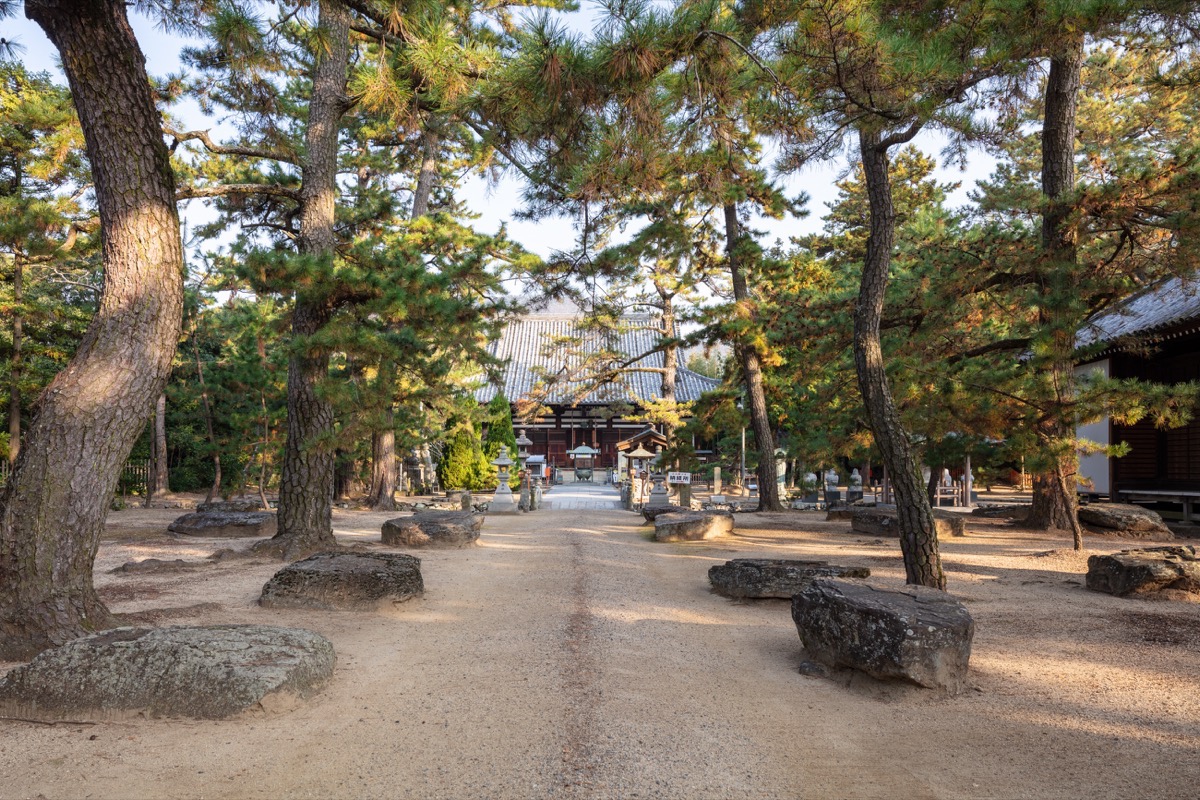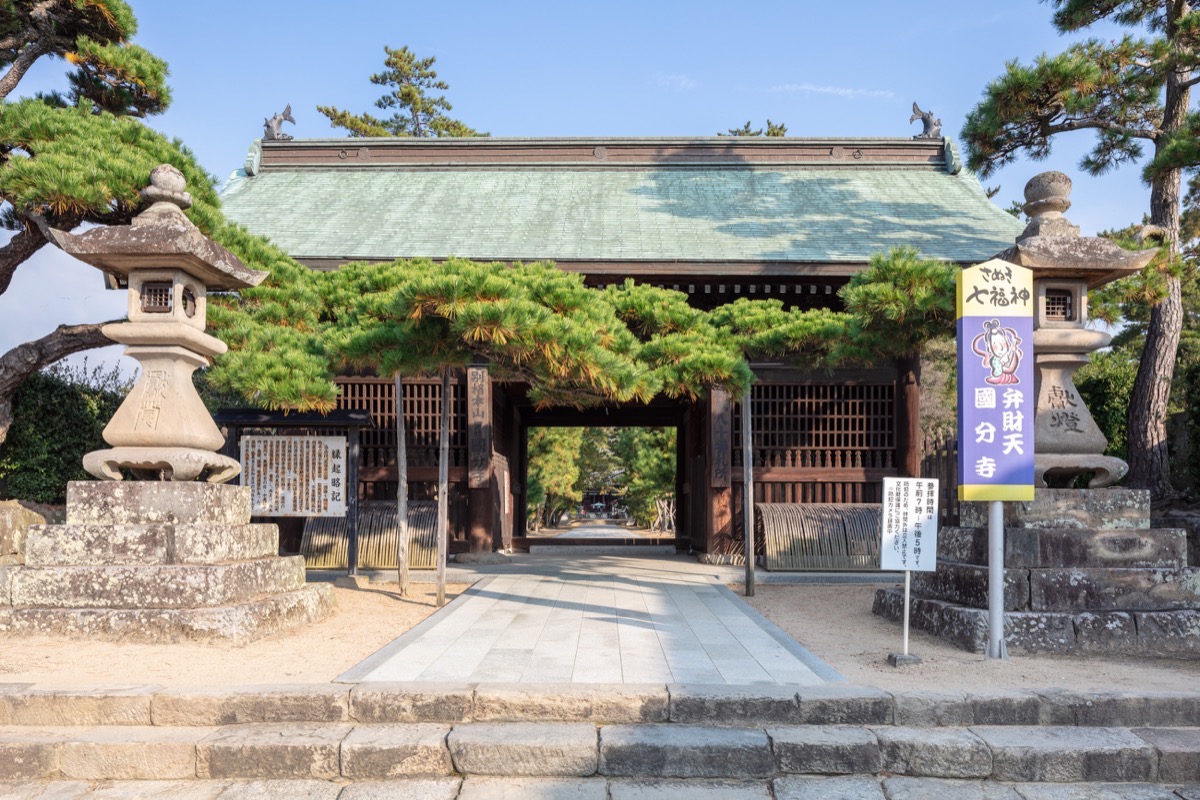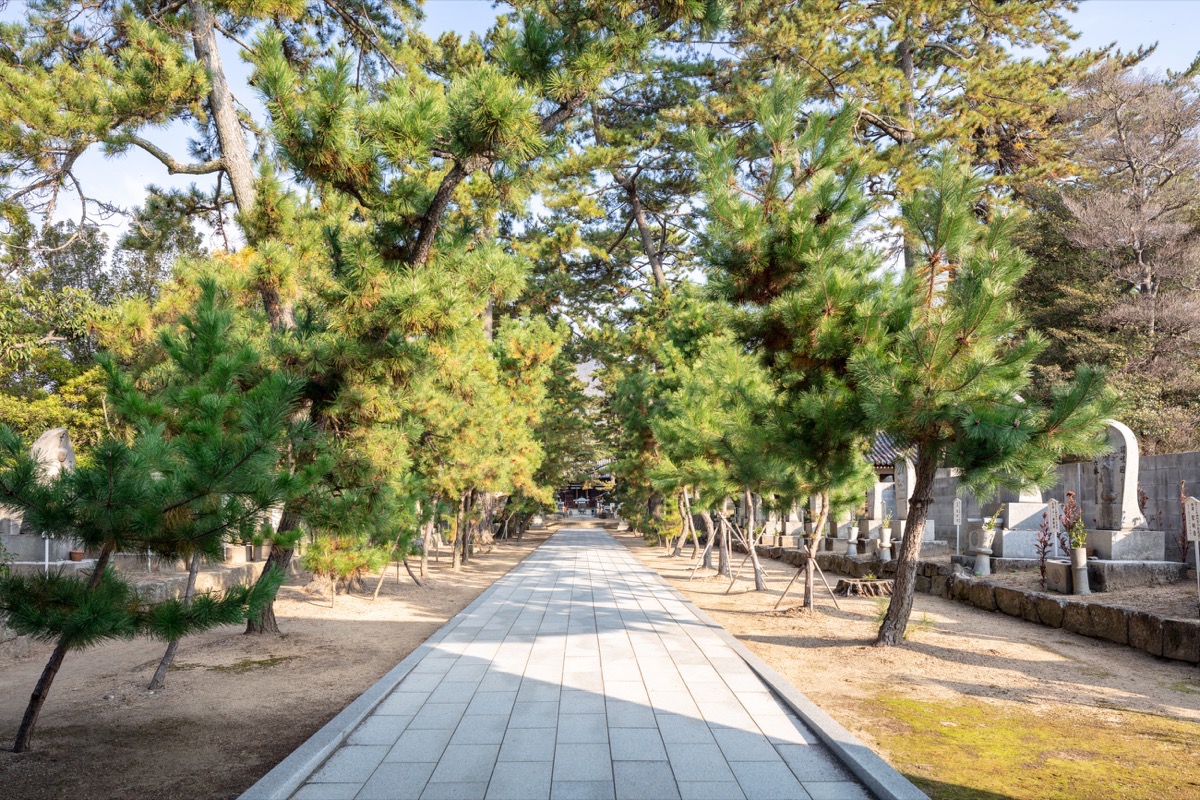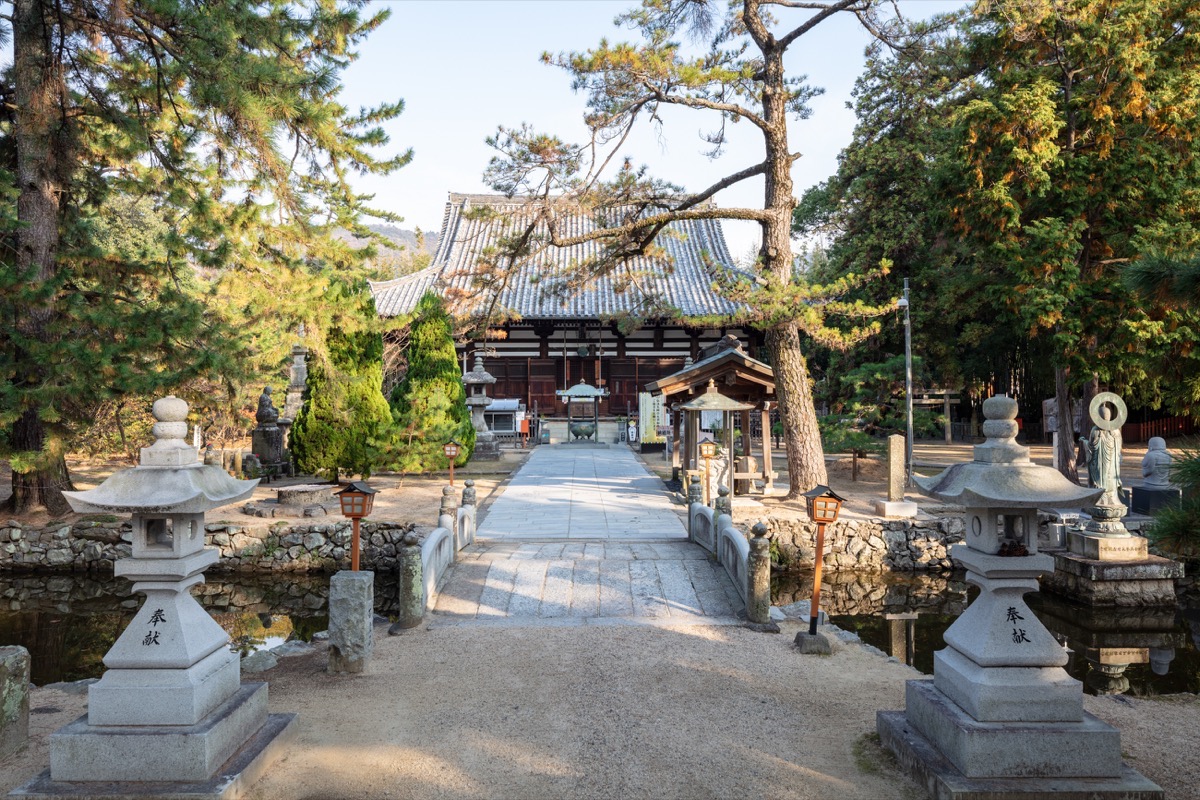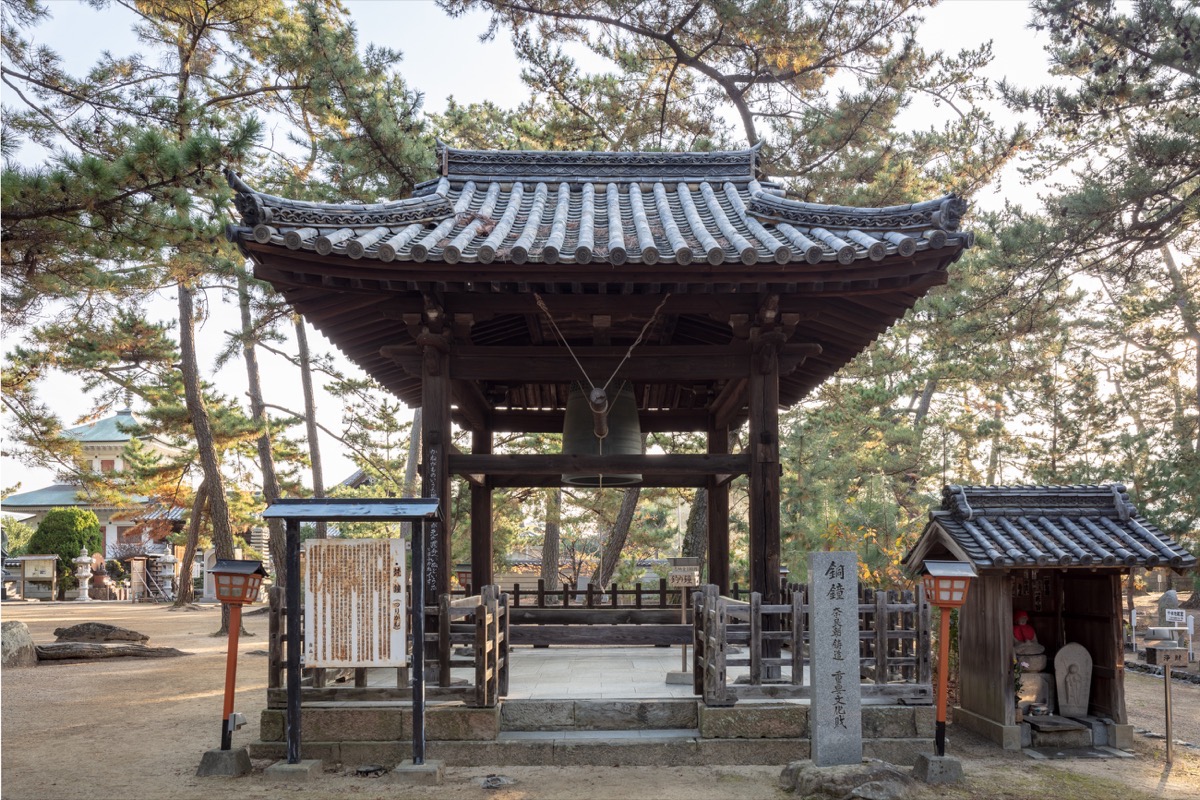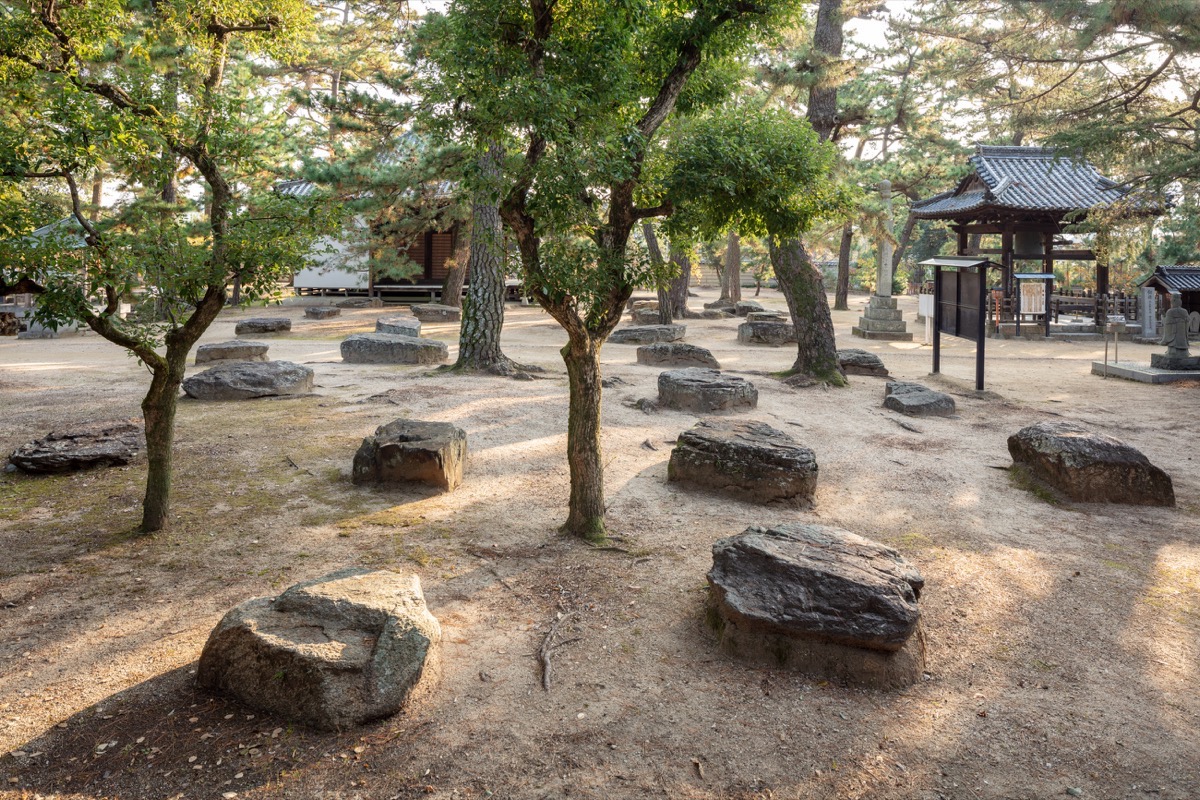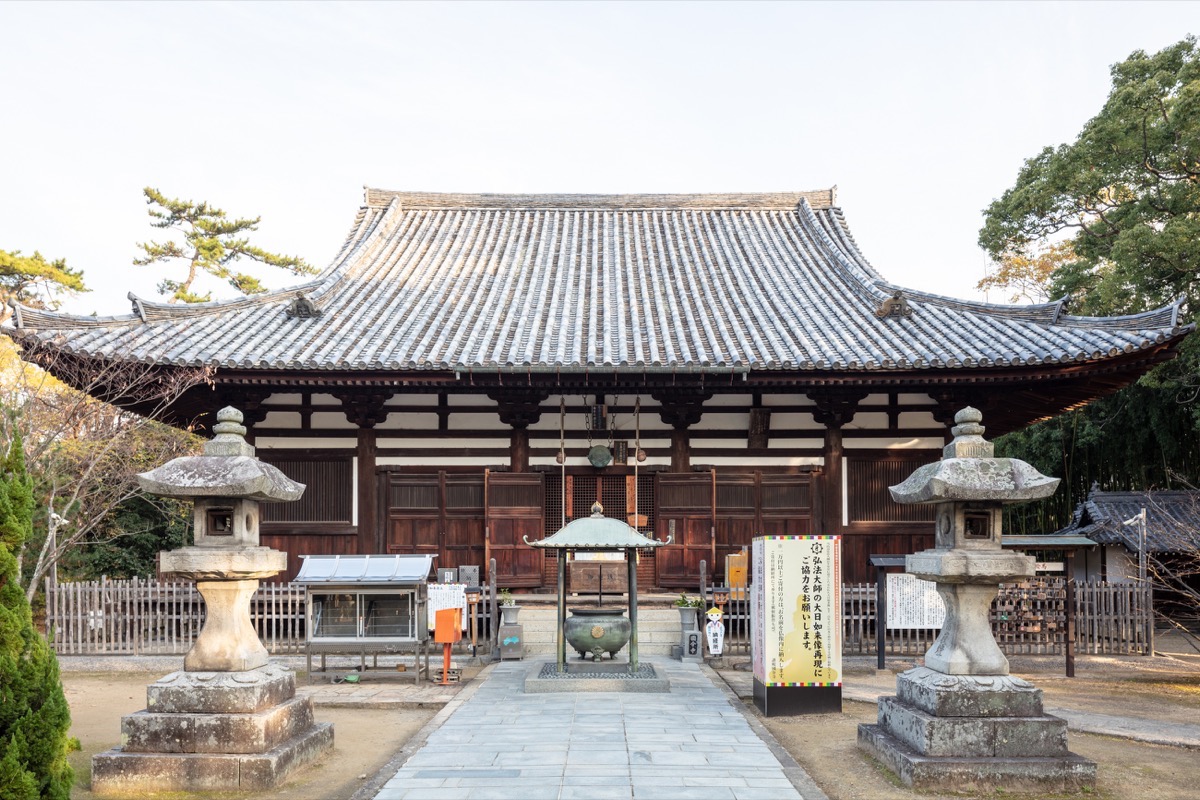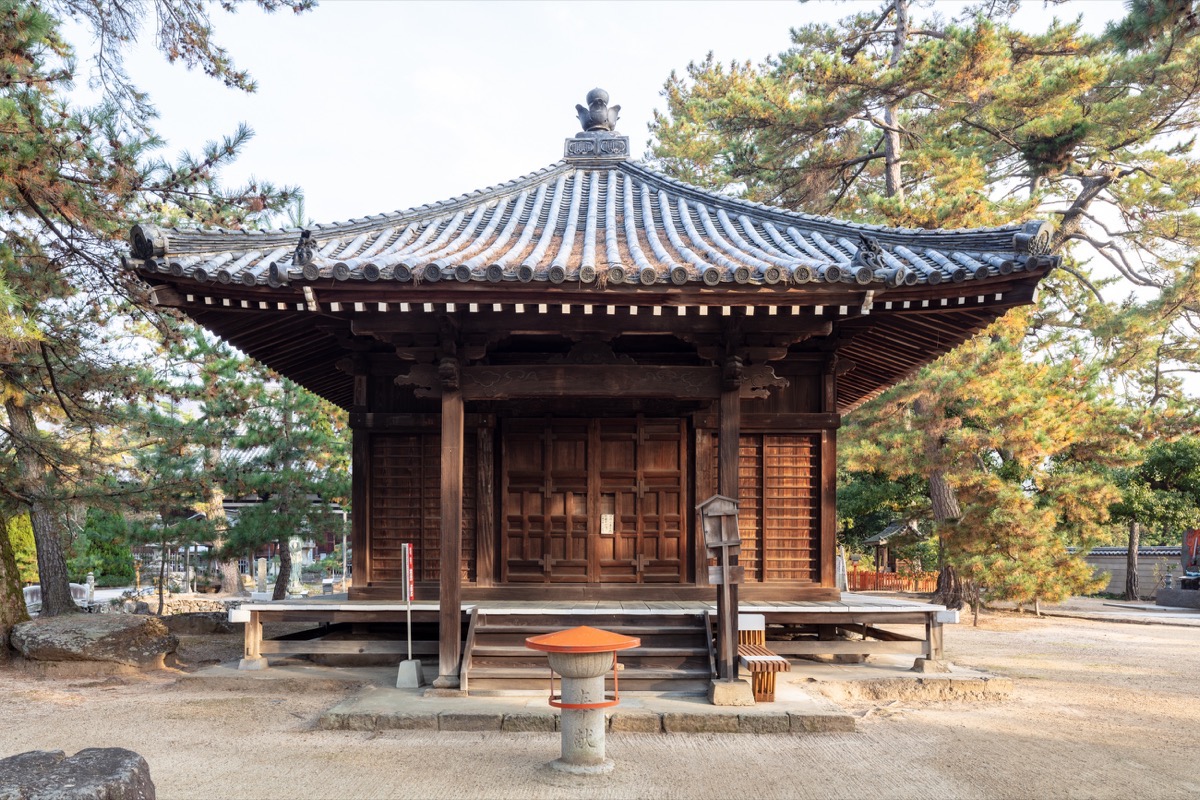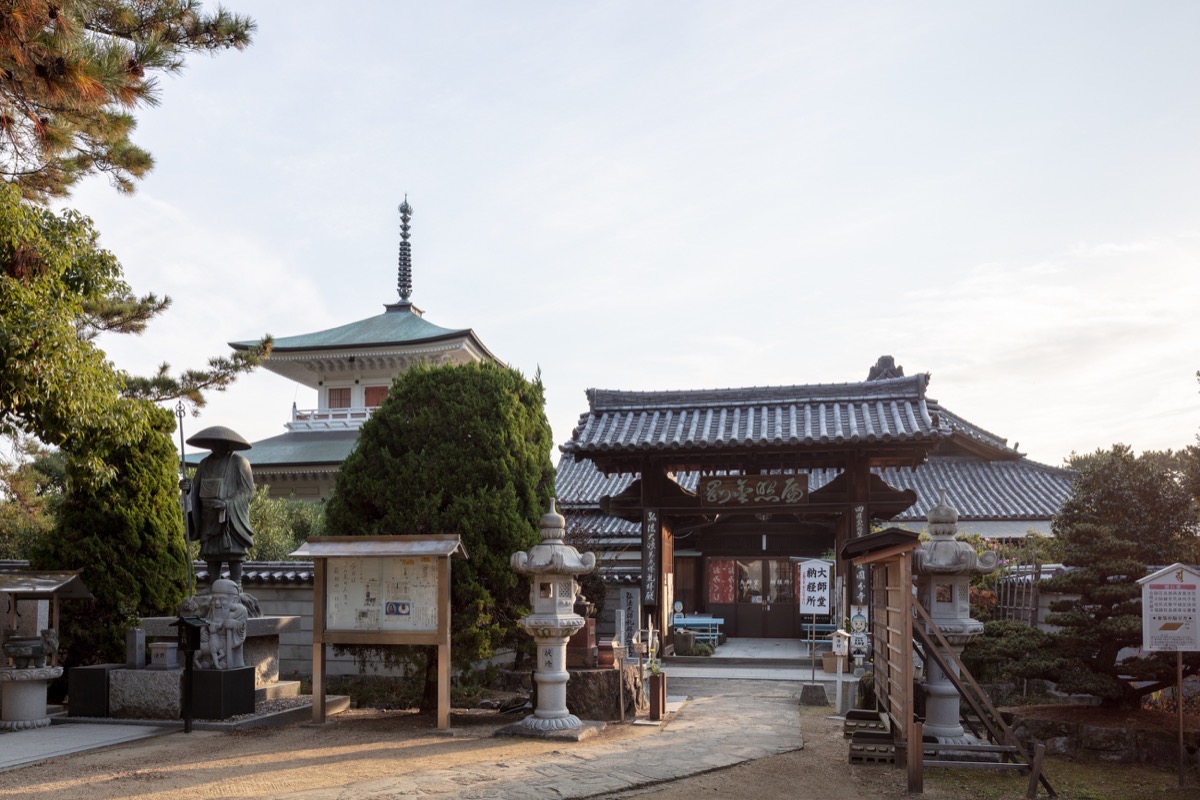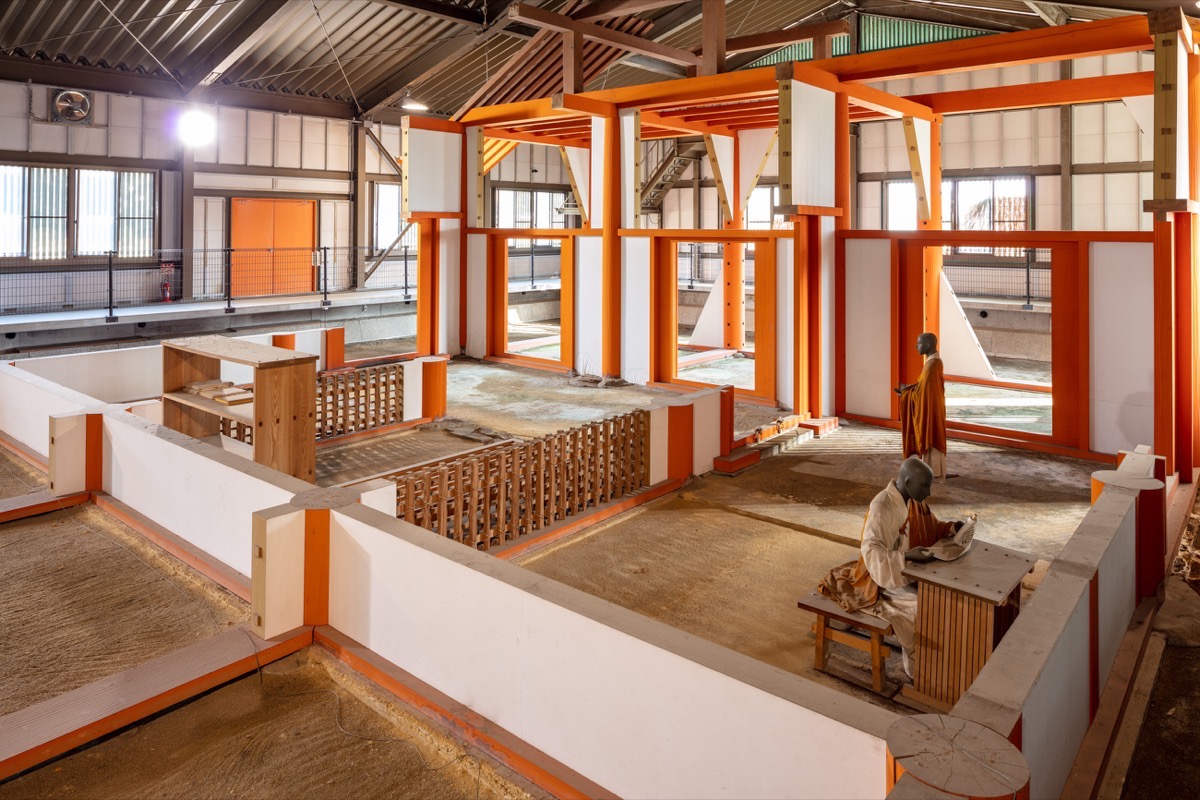Kokubunji TempleThe 80th Temple Kokubunji Temple
| District | Shikoku Henro pilgrimage | Period | ー |
|---|---|---|---|
| Set Content/Set Date | |||
| Owner | Kokubunji Temple | Location | 2065 Kokubu, Kokubunjicho, Takamatsu, Kagawa |
Kokubunji Temple, the 80th sacred spot along the Shikoku Henro pilgrimage, is located in the southern foothills of Goshikidai Highland to the north.
Now famous as part of the Shikoku Henro pilgrimage, which began in early modern times, the origins of Kokubunji Temple date back to 741, when Emperor Shomu ordered the construction of provincial temples (called kokubunji) and nunneries nationwide as a way of praying for peace, abundant harvest, and cultural development throughout the land.
It is said that the Kokubunji temple located in Kokubunji Town of Takamatsu City in Kagawa Prefecture (originally known as Sanuki Province), was built by the Buddhist monk, Gyoki, who also carved an enormous Eleven-Faced Kannon statue as the principle image of worship. Kobo Daishi (Kukai) later visited this temple, repaired the principal image, and declared the temple a sacred spot.
As you pass through the Nio Gate, lining the promenade on both sides you will find 88 stone statues modeled after the principle images of every temple on the Shikoku Henro pilgrimage. Behind these stone statues on the right is an enormous boulder over a meter in size, which is the cornerstone of a seven-story pagoda that stood here when the temple was built. Beyond the bell tower are the remains of the Golden Hall, where a giant cornerstone over one meter in size still remains.
Currently, the precincts of Kokubunji, along with its priests’ quarters and roofed earthen walls, are the only nationally-designated special historical site in Shikoku. On these precincts stands the Main Hall (Kamakura Period), designated as important cultural property, as well as a bronze bell (Heian Period) and a standing wooden statue of the Thousand-Armed Kannon (Heian Period), also important cultural properties. Also, Benzaiten, one of the seven gods of Sanuki, is enshrined here, bringing in worshipers.

